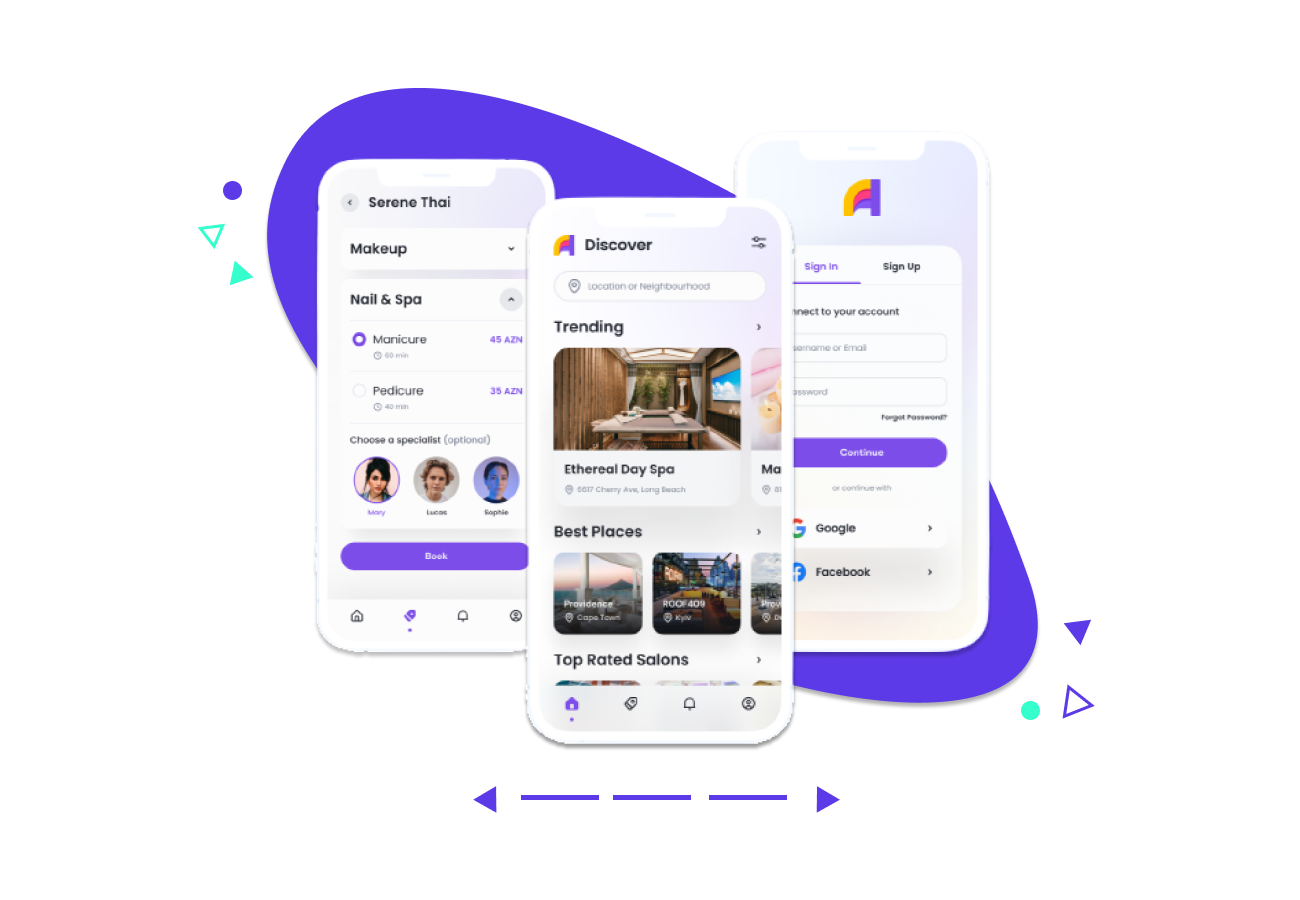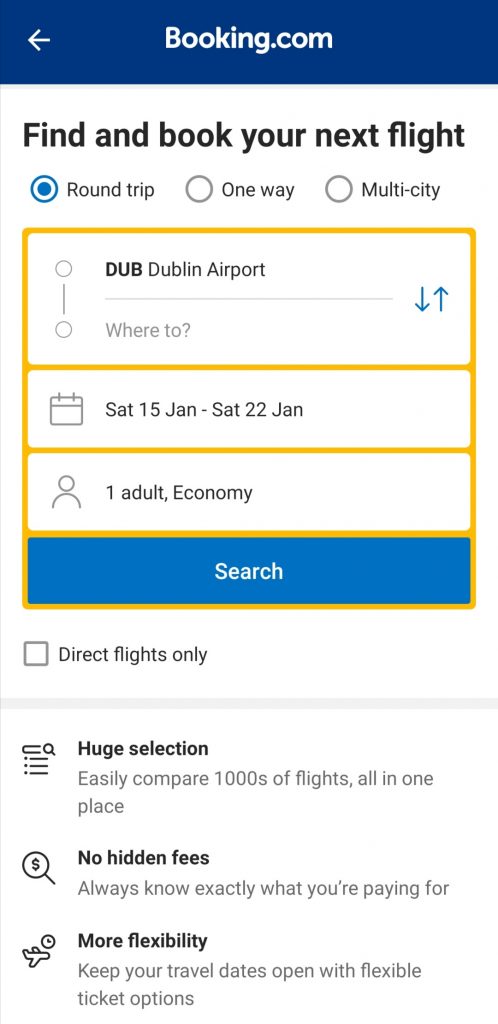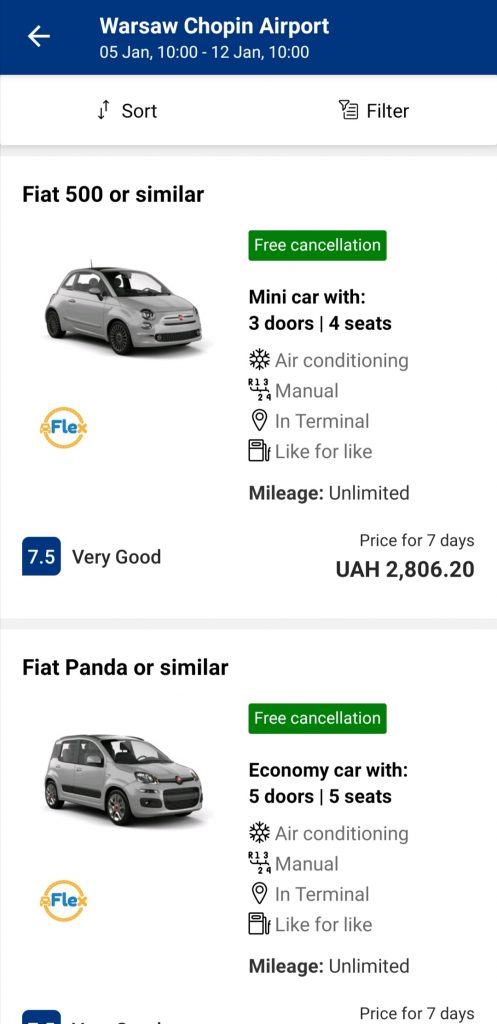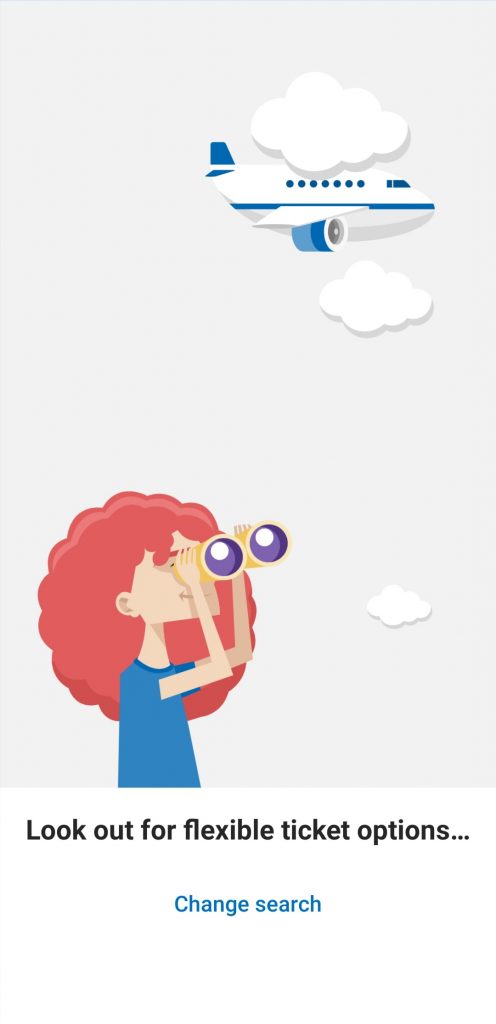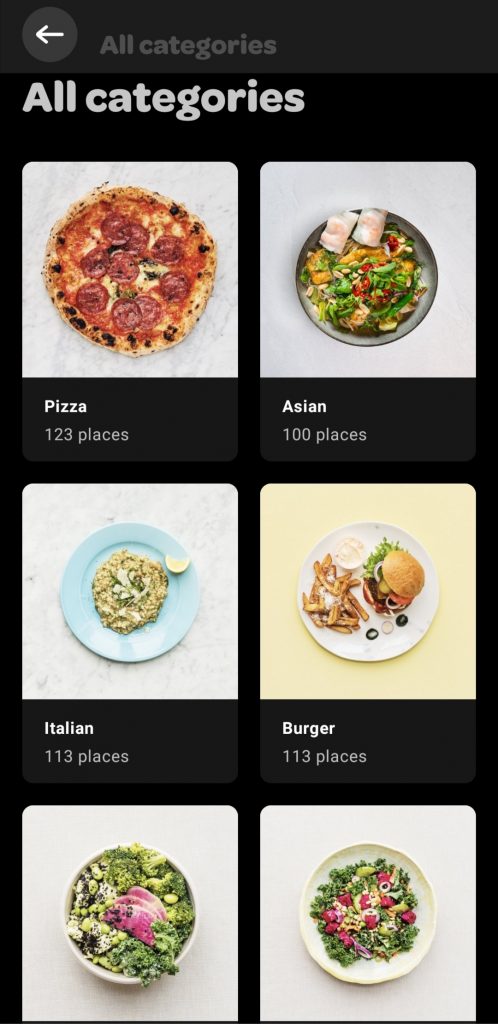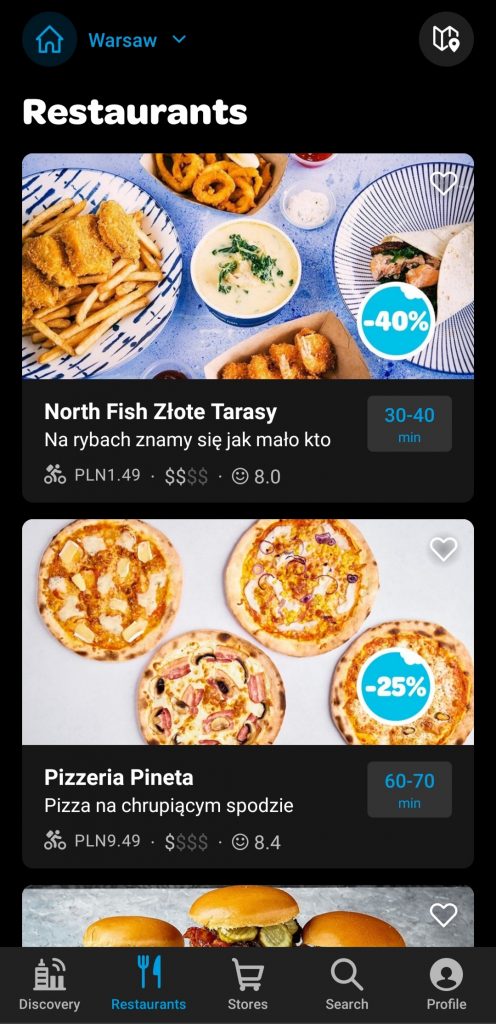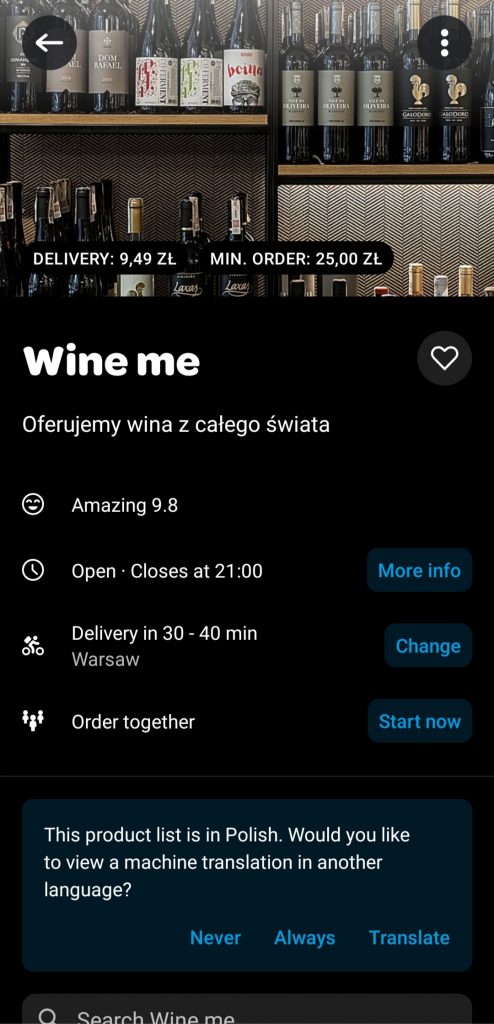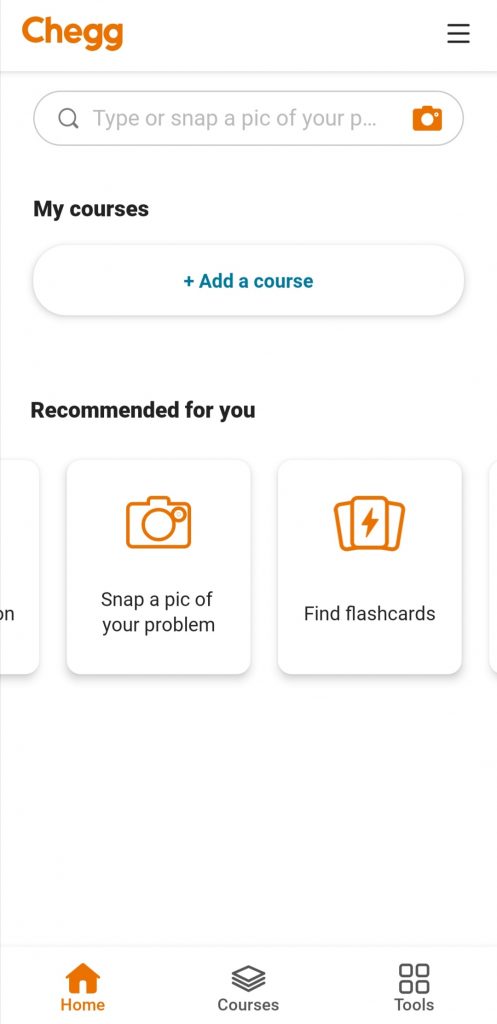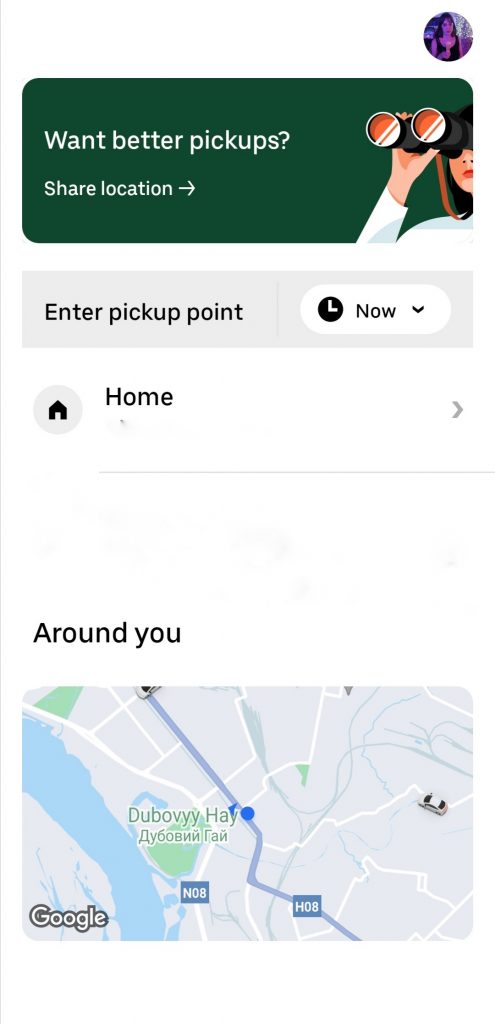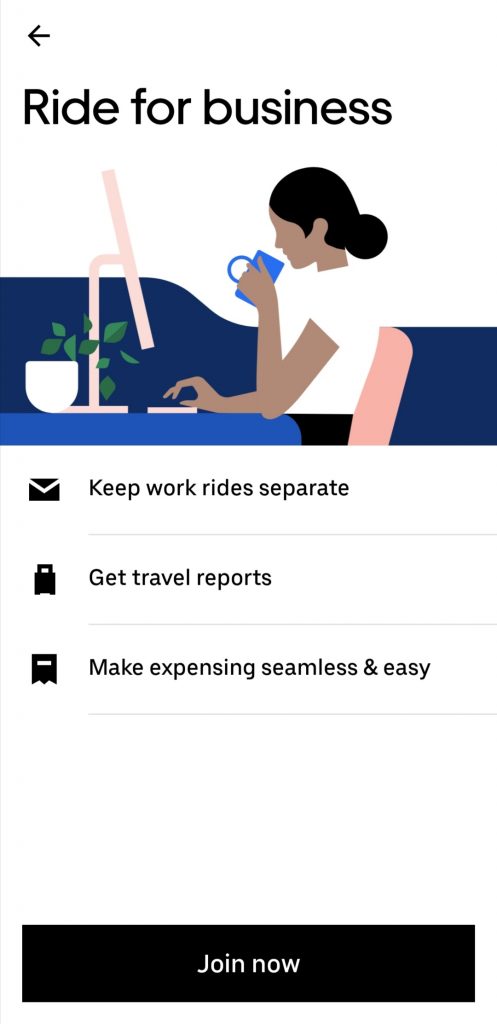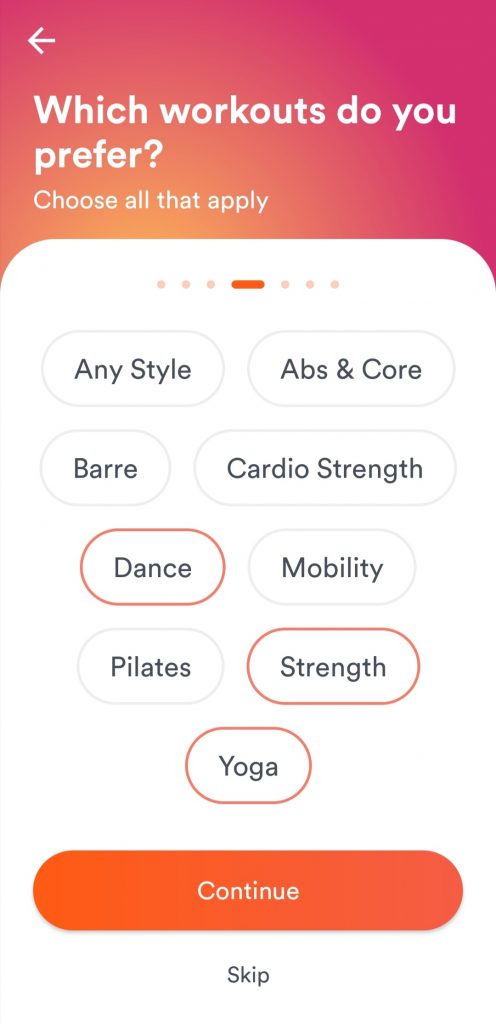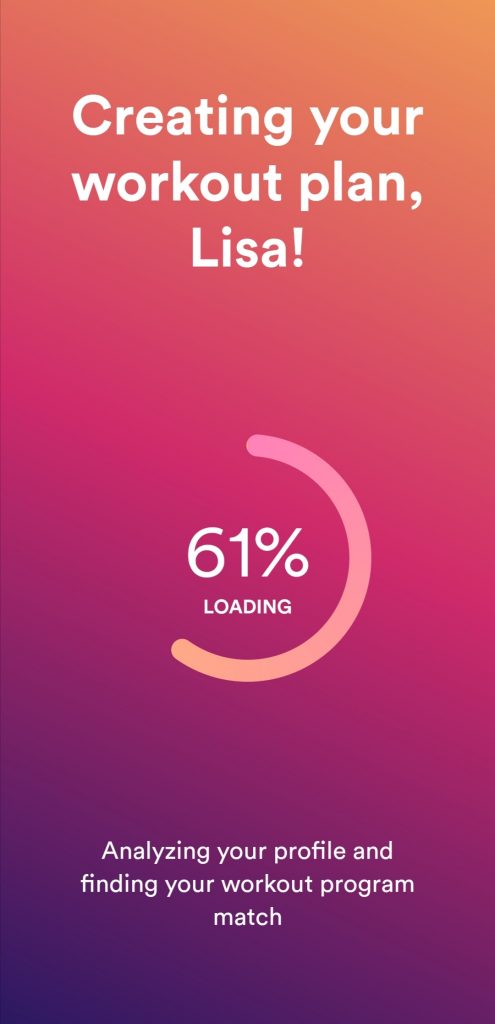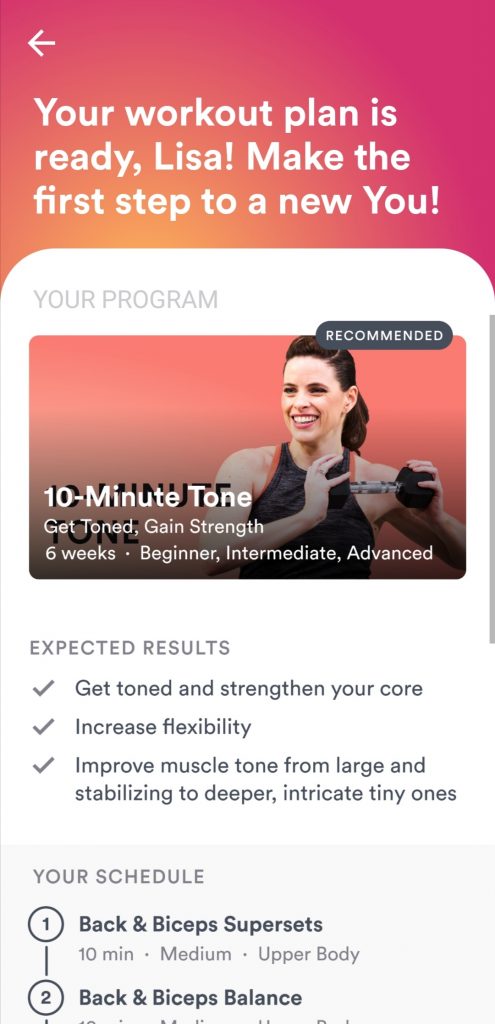On-demand services: best practices for app development
The rise of the customer-centric on-demand economy made us get used to receiving the services we need immediately.
Now, we can book a taxi, have food delivered, or choose a room for renting right from our phones.
The basis of on-demand services functioning is, of course, on-demand apps that instantly connect customers with service providers.
Downloading a mobile app is a simple and convenient way of interaction for both vendors and customers, helping them achieve their goals from any location and mobile device. That’s why the on-demand apps became an integral part of our lives, and the pandemic just accelerated & scaled this demand.
Working with customers from different industries, we learned a thing or two about on-demand app building and are about to share the best practices with you. Enjoy the read:)
Contents:
On-demand apps: types & examples
Even though there’s a great number of on-demand applications for different business industries, all of them follow the shared principles.
- Instant result. Whether customers order pizza, make an appointment with a doctor, or search for a dog groomer, they want to get connected with service providers as soon as possible. This is exactly what on-demand apps are for!
- Synchronized experience. The on-demand economy implies the active participation of both service providers and customers. It means the application should instantly synchronize their activity, allowing for tracking the geolocation, sending/receiving instant chat messages, and getting real-time notifications.
- Priority to mobile devices. The application should provide both customers and service providers with a superior mobile-first user experience so that they won’t search for another digital solution to accomplish their goals.
Keeping these principles in mind, you still have to customize your app to the specific industry, making sure your users get the best experience ever.
That’s why I’ve chosen the top on-demand apps industries and the examples of cool digital products to get inspiration from.
Booking

Booking applications are designed to help users:
- book tickets for both online and offline events;
- reserve restaurant tables;
- make doctor’s appointments;
- rent temporary housing, hotels, apartments;
- book flight/train/bus tickets.
Dozens of options, actually, and you can choose any of them!
The best thing about the booking apps is you’ve definitely tried some of them and went through this experience to define their strengths & weaknesses and create a better product.
P.S. If you’re considering building a booking-related product, start with our article about booking app development where you’ll find a features list, cost estimate, and pre-development steps.
Getting inspired by… Booking.com
As the traveling industry gets back to normal, let’s take Booking as a good example of an efficient on-demand app. Although it has a website as well, it allows you to book hotel rooms, check flight tickets, or even rent a car using a mobile app only. Using multiple filters (one of the greatest advantages a travel app could have), you can select a place according to reviews, cost, location, nearby attractions, special requirements (for example, pets). Besides, you can contact the leaseholder directly and discuss the settlement details using a built-in messenger.
On-demand food delivery

During the pandemic, food & grocery delivery requests skyrocketed in the Google search results.
Is the market tough? Yes, delivery companies operate in a highly competitive business environment where it’s impossible to compete without a trading edge and a powerful marketing strategy.
Will the demand for delivery decrease? Ha-ha, I really doubt it! Once having groceries delivered, it’s hard to forget it and get back to the traditional shopping. There’s always room for good delivery service with a mobile app, especially if partnering smart.
Getting inspired by… Wolt.com
Now, let’s take a look at Wolt as one of the outstanding examples of delivery applications with over 12 million users (and it keeps on growing!). Currently, Wolt is available in more than 23 countries partnering with 40 000 restaurants and shops to offer 3 out-of-charge deliveries, promo codes, referrals, trackable orders, and real-time notifications.
The app has both Android and iOS versions, allowing customers to pay with a credit card, Google and Apple Pay.
On-demand tutoring & coaching

When self-isolation hit us hard, the whole world shifted towards remote learning that boosted the rise of on-demand online tutoring and coaching services. Probably at this time, we remembered the edtech marketplace we’d built earlier for our customer to connect experts and learners. A chat built using Web Socket technology and a video conferencing feature with a video-to-text converter turned out to be just the right thing for an app during the quarantine.
Maybe, e-learning isn’t a one-fit-all solution for full-time education, but on-demand coaching & tutoring apps, as well as web & mobile learning applications of all kinds are definitely a powerful addition to any learning process.
Properly planned and built, an on-demand learning app may become a one-stop platform for both coaches/tutors and learners to deliver and get the consultations hassle-free. Calendar with booking & scheduling options, task tracker, messaging & video conferencing options, video-to-text converter, notifications are only a part of the superb functionality that can be delivered to your users.
Getting inspired by… Chegg.com
Speaking about on-demand applications for tutoring and coaching, it’s worth mentioning the e-learning platform called Chegg.
It’s a large subscription-based app that covers many learning aspects including
- getting course & homework help from experts,
- renting study books,
- career consulting.
As for app monetization, Chegg implements several money rising options but the main are the following:
- monthly and annually subscriptions, which vary depending on the number of available textbooks and number of questions for experts per month, subject-specific practice exams;
- ads integrations.
On-demand transportation

The market of on-demand transport offers multiple transportation options for customers and a source of additional income for drivers:
- Shuttling;
- In-app pick-ups & drop-offs;
- Car rental;
- Car sharing.
And, of course, the services everybody’s using on regular basis: on-demand taxis, including the ones operating on the local markets (i.e. Ola, Lyft).
However, Uber stands out from the crowd being associated with the very concept of an on-demand taxi for many people.
Getting inspired by… Uber (how surprising!)
Want to know how to make an app like Uber? Ha-ha, just kidding, this content became old in 2015. However, I can’t talk about on-demand taxi services without mentioning the Uber revolution as an example.
The Uber story began in 2009 when entrepreneur Garrett Camp developed a prototype app called UberCab. Initially, it had nothing to do with a “cheap taxi” and was designed as a service that made Cadillacs and Mercedes S-class accessible. The project has gone through a series of ups and downs, and fierce competition with Lyft until it finally pivoted to become associated with a world-known car-sharing, ride-sharing, and carpooling service.
The app has an intuitive UX/UI and various incentive programs, promotions, discounts, which enhance user acquisition & retention.
Beauty & wellness services

The wellness & beauty spheres didn’t miss the chance to adopt the on-demand business model.
Having peaked when the majority of us were locked in our houses, the wellness apps motivated us to get the daily portion of physical activity and taught us it’s possible to keep fit even without a gym membership.
Mindset-changing apps for meditation, healthy eating, yoga, exercising, as well as booking apps to get the beauty services delivered right to your house — the whole industry works to meet the instant customer demand for beauty & wellbeing.
Getting inspired by… DailyBurn
Let’s take a look at DailyBurn as an example of an on-demand wellness app with an intuitive interface with an easy-to-explore set of features.
The app operates on a multi-leveled subscription basis that offers different sets of features at different costs. In this way, users may pick up a personalized training program that meets 100% of their needs.
The workout process is designed using gamification: a ton of badges and rewards, which can be shared on social media. The gamified elements boost the competitive spirit, enhance user engagement, and, as a result, increase the number of users.
On-demand home services

On-demand home service apps are designed to quickly solve common household issues like:
- cleaning,
- furniture assembling,
- mounting,
- repairs,
- help with moving
and now they’re widely used all over the world.
Using only a smartphone, customers can order a deep cleaning service or just find someone to fix a socket on the same day.
Getting inspired by… TaskRabbit
TaskRabbit is on the list of top-rated on-demand applications for home services in Canada, France, the US, and the UK. The service connects customers with hundreds of experienced freelancers offering a variety of home services whom they can hire once or on a regular basis.
The application’s revenue model includes 3 different fees:
- Commission fee (15% of the total project cost).
- Trust and support fee applied to every transaction.
- The registration fee that is charged every time a freelancer applies to a task.
In-built messaging and call features ensure hassle-free communication between a customer and a constructor. As for the payment release, funds are withdrawn from the attached card only after completing the order.
Getting started with on-demand app development
Before jumping into one of the on-demand niches with your idea, it’s worth doing some groundwork to make sure you won’t spend your resources in vain.
Of course, the best way to validate your idea is to build the first version of your product (MVP) that contains only one-two killer feature(s) for showing it to real users and gathering their feedback.
However, there are some ways to recognize your idea won’t work even before investing in minimum viable product creation.
Choose your niche
A long way of transforming your idea into a product begins with identifying a problem to solve and thorough market research.
Keep in mind that having an in-depth knowledge of a specific niche and understanding the industry will be an advantage.
Alternatively, you should spend more time here researching the market you’re going to enter and the people you want to sell to.
The main question you should find answers to at this stage are:
- Is there a problem?
- Who has this problem I’m about to solve?
- Is this problem really huge?
- How could I solve it with my product?
The answers to these questions help you write down the app idea and formulate the high-level product strategy using the business canvas:
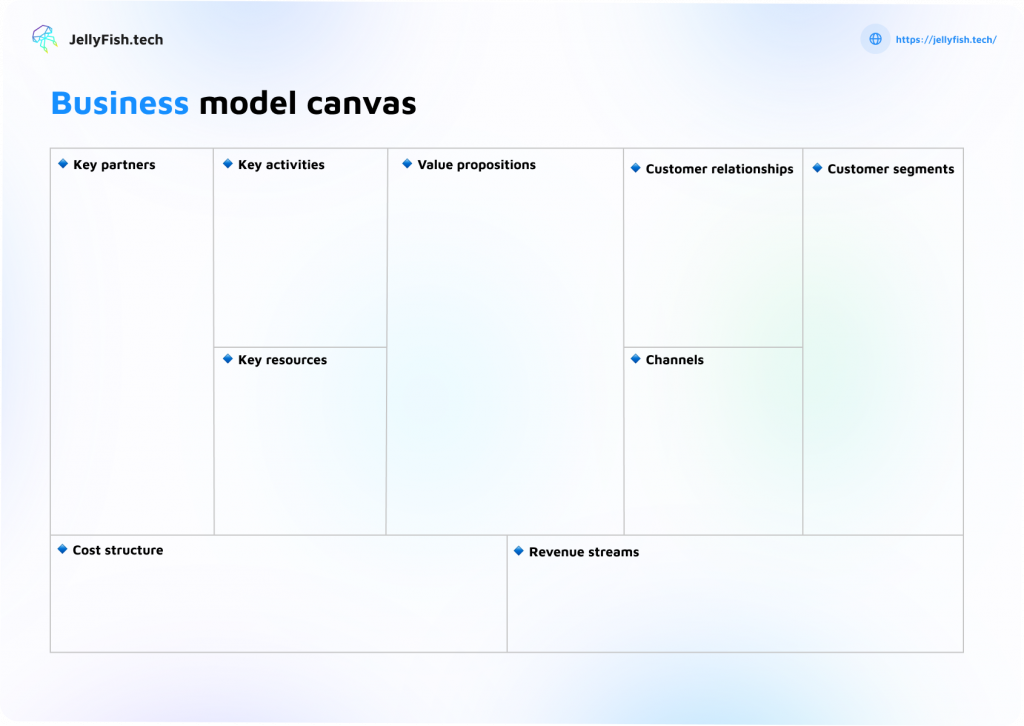
Get to know your customers
Understanding who your customers are, their routine, and pain points is an essential part of working on your app, because it directly determines the number and type of features the first version of your product will contain.
At this stage, you can check how accurate your assumptions from the previous stage are and gather the customer requirements using the following instruments:
- User experience research that seeks to understand the needs of your customers through observation & analysis.
- Product discovery that uses the customer development interviews techniques to learn even more about your end-users firsthand, approving/disapproving your assumptions (a problem to solve, UX/UI details) and making a list of features for your app.
Define key features [+ rough estimation]
After having gathered the stakeholders’ requirements, you’d specify a functionality your application should have, starting to form the project backlog.
The list of your features should be definitely customized based on the data collected during the research (industry/niche, customer demand, your unique value proposition).
Luckily, on-demand apps aren’t rocket science as we actually use them on a daily basis and have tons of examples before our eyes. That’s why I’ve made the list of the frequently used features for an on-demand app and even asked our team leader for a rough estimation so that you’ll have an idea of how much time & money the development process might take.
| Feature | Description | Rough estimation, hrs* |
| Authorization | Sign up/login through Gmail, Facebook, Apple ID, or any other way, convenient for your customers. | 8 |
| User profiles | The three most used user profiles for on-demand apps are admin, service provider, and customer. So, the estimation is provided for these three. Besides, there always could be more depending on the type of your app. | 8 |
| In-app messaging | Customers and service providers can communicate with each other within the app. | 20 |
| Push notifications | Relevant information about the status of the order, application updates, promotions delivered right to the mobile devices. | 16 |
| Payment integration | With the help of payment options integration, customers can choose the most convenient and secure payment method. | 8 |
| Search | The search feature provides users with quick access to the information, enhancing the user experience. | 4 |
| Filters | Depending on the type of service, adding multiple filters (budget, distance, delivery time, etc.) helps make the search process easy and find what you look for faster. | 8 |
| Calendar | Checking the availability of a service provider for customers and managing the schedule for vendors hassle-free made possible with a calendar feature. | 8 |
| Booking & scheduling | This is one of the basic features that allow users to book any service instantly or in advance. | 10 |
| Location | Geolocation helps track ordered products and vendors in real-time, determine the time left for getting the service/product delivered, and adjust routes. | 4 |
| Rating & reviews | Thanks to rating and independent reviews, customers & service providers can learn about the experience of other app users. | 16 |
| Admin panel | It’s a must-have section for the admin/support team, allowing to navigate across and manage all application’s users and service providers. | 16 |
* The rough estimation is calculated based on our SDK (starter development kit) – an “assembly line” for web & mobile projects the Jellyfish.tech team has built to accelerate the development process making it more predictable. The starter development kit is to cover the typical units of functionality (authorization & login, payment, content upload) with the pre-built parts of code that help us focus on custom features, saving your budget.
However, the features can’t exist independently: we should groom the backlog first, set up the project environment, define the app architecture so that it will be scalable in the future, test the features before and after the release so that they work impeccably.
That’s why I’ve to add to the rough estimate:
- Business analytics: +30%
- Infrastructure: +30%
- Quality assurance: + 20%
- Project management: +20%
| On-demand app development: total (SDK included) |
| 250 hours (about 6 weeks) |
We strongly recommend starting small & keeping your MVP simple not to invest an arm and a leg in the first version of your product before making sure your customers love it.
After having your idea validated by the real users, you could easily add or enhance features, make compelling designs, or pivot.
Get your MVP build
Now all you need is to share the documentation you’ve created at the previous stages with your technical team and get your app built.
A piece of cake? Maybe.
At this stage, it’s extremely important to communicate your ideas & requirements properly and make sure you’re on the same page with the technical team.
During working on the product for our customers, we usually set up sprint 0 (in case, a customer have already identified all the requirements and done the groundwork) to:
- sync up,
- groom the backlog,
- create user stories (the tasks for the development team written in simple words based on the features),
- have a meeting to sum it up and make sure we have a shared vision of the product development process.
Although the process could vary from vendor to vendor, the essential is to have your time for synchronization and explaining the littlest detail to your tech partner. It’s also crucial to stay in touch during the whole process of mobile development, answering the questions, involving in discussion, and giving feedback. In this case, you’ll have a great chance to get your MVP done exactly in the way you want it to be.
Gather customer feedback
After the first version of your product is ready, we’re approaching the curiousest part of the whole process: getting customers’ feedback as an integral part of validating your MVP.
Let’s take a look at the most common ways of collecting customer feedback.
| Method | Process |
| Interviews | What can be better than getting the valuable insights firsthand? Reach out to your focus group to observe them using your app and ask about their experience directly! |
| In-app surveys | Use all types of in-app surveys to learn about the customers’ satisfaction & retention rates, their impressions & advice. |
| A/B testing | Run A/B tests to find out which UX, UI, and application feature/version drive more customer interest and engagement. |
| App statistics | Decide which metrics are important for your product and start tracking them from the very beginning to collect the most precious data. |
| Landing page or website | After you see the customers’ are really into your app, it’s time to show it to a larger public. Build a landing page/website that may contain general information about the application, pricing plans, useful content, and a signup form/link to the store. Then, you can track the number of clicks to measure the customers’ interest. |
Scale & support
Having completed the previous stages successfully and getting strong feedback from your target users, you can really go further, adjusting your product according to this feedback. You can implement additional features, create cool design solutions, and make everything to make your users even happier.
It’s important that the initial architecture of the app implies the possibility of adding new features. That’s why you’d discuss the scalability of your product with your vendor in advance (among a bunch of other things).
👉 Learn more about our on-demand app development services 🚀
Wrap it up
Being an integral part of the global economy, on-demand services are deeply rooted in our everyday life. The list of business industries that don’t take advantage of the sharing economy is decreasing, while on-demand applications are becoming handier, faster, and more cost-efficient. The number of service providers and users of on-demand applications is growing that, in turn, increases the market competition.
However, everything is possible with a good idea, proper instruments, the right team, and hard work. Although the idea is on you, the Jellyfish.tech team could help you with the rest of the list. Having built the products for mobile booking and tutoring, we know the pitfalls you might face and the ways to solve them at the lowest cost.
Discuss your project with professionals:
Resources:
How ‘On-Demand Economy’ is impacting Business World 2021? | MobileAppDaily
On-demand Economy: 25 Stats that you need to know | RentAllScript
Online food delivery services in the U.S. – statistics & facts | Statista
Ride-sharing market size worldwide in 2020 and 2021 | Statista

